(Uvas Creek watershed, southern Santa Clara County)
Update: Steelhead in the Uvas Creek watershed, Winter of 2014/2015
Species / Location
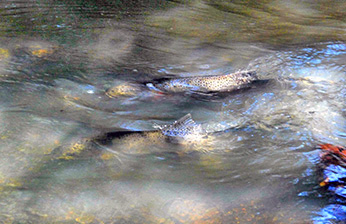 Figure 1. Adult steelhead spawning in Uvas Creek below Uvas Reservoir.(CDFW photo)
Figure 1. Adult steelhead spawning in Uvas Creek below Uvas Reservoir.(CDFW photo)
Uvas Creek is a tributary to the Pajaro River in southern Santa Clara County, and supports one of the last remaining wild runs of the South Central California Coast steelhead (Oncorhynchus mykiss), a federally threatened species and state Species of Special Concern. Steelhead are “anadromous” meaning they spawn (Figure 1) and rear in fresh water for 1-2 years, the young fish migrate to the ocean where they reach adulthood, and adults return to their natal streams to spawn.
Need for Drought Stressor Monitoring
Reservoir Aids Steelhead Survival. Monitoring has been conducted on juvenile steelhead in Uvas Creek by U.S. National Oceanic and Atmospheric Administration(NOAA)Fisheries and San Jose State University biologists since 2005. Overall, juvenile densities have decreased considerably since the early 1970s. Although Uvas Creek is in the rain shadow of the Santa Cruz Mountains, and thus naturally arid, the Uvas Creek steelhead have benefited from water releases out of Uvas Dam, a small reservoir operated by the Santa Clara Valley Water District. These flow releases are determined via a collaborative process between the Water District and State and federal agencies. The negotiated releases are designed to keep as much of the stream wet as possible (normally about 5 miles) to allow juvenile steelhead to rear in the summertime, while still allowing for percolation and groundwater recharge which is used for domestic and agricultural purposes.
Severe Drought Threatens Steelhead. When rainy weather stopped in February 2013, Uvas Reservoir did not fill to capacity and dam releases were adjusted to save water until the rains returned that winter. However, the rains failed to come in November 2013 and into December 2013. In fact, there had not been such a severe drought in California since 1977 (Figure 2), which was the last time Uvas Reservoir went dry.
In early 2014, the reservoir was running dry (Figure 3) and, subsequently, so was the creek. The situation was becoming dire for steelhead that had reared all summer in Uvas Creek and were waiting for rain so they could leave the stream for the ocean. During the winter months of early 2014, when there would normally have been plenty of flowing, fresh, cool water in Uvas Creek, large stretches of the creek remained dry, and more areas were going dry every day that passed with no rain. Juvenile steelhead that had reared all summer were being trapped in the dryback areas and were at risk of being killed.
Photos taken a year apart (Figures 4A and 4B) at a fish ladder attached to a railroad crossing on Uvas Creek tell the story best.
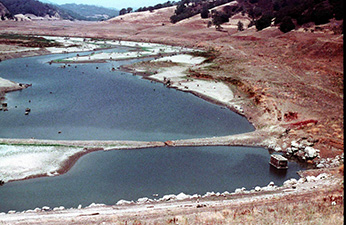 Figure 2. Uvas Reservoir in the summer of 1977. Photo: Dr. Jerry Smith, San Jose State University.
Figure 2. Uvas Reservoir in the summer of 1977. Photo: Dr. Jerry Smith, San Jose State University.
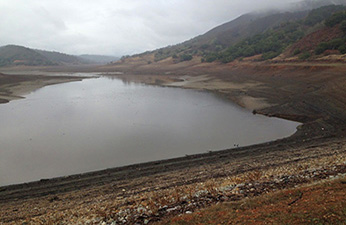 Figure 3. Uvas Reservoir on February 04, 2014. (CDFW photo)
Figure 3. Uvas Reservoir on February 04, 2014. (CDFW photo)
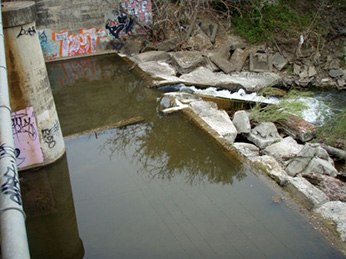 Figure 4A. Uvas Creek at Bolsa Road ladder in March 2013. (CDFW photo)
Figure 4A. Uvas Creek at Bolsa Road ladder in March 2013. (CDFW photo)
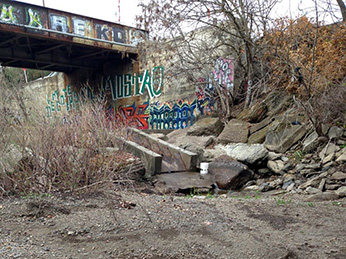 Figure 4B. Uvas Creek at Bolsa Road ladder March 2014. (CDFW photo)
Figure 4B. Uvas Creek at Bolsa Road ladder March 2014. (CDFW photo)
Stressor Monitoring Efforts and Findings
CDFW biologists coordinate with a local non-profit, Coastal Habitat Education and Environmental Restoration (CHEER). CHEER’s members are on the streams every day, connecting with property owners to monitor the health of the creek and its fish populations. In late December 2013, CHEER reported the presence of significant numbers of juvenile steelhead in areas of Uvas Creek near Santa Teresa Boulevard that were in immediate danger of being killed as the stream continued to dry back (Figure 5). On January 31, 2014 NOAA Fisheries with help from San Jose State University captured and relocated 180 juvenile steelhead (Figure 6) out of the dryback zone, just in time. Five days after these fish were relocated, the stream at Santa Teresa Boulevard went dry (Figure 7).
A second rescue effort was conducted on June 11, 2014, near Highway 152. Only one steelhead was rescued and moved to safety. Releases from the dam have been incrementally reduced all year. Twice monthly throughout 2014, CDFW biologists conduct dryback monitoring on Uvas Creek.
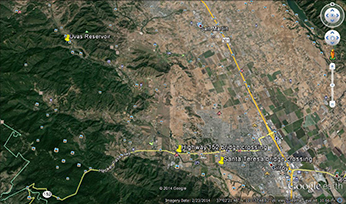 Figure 5. Map of Santa Teresa Boulevard in Gilroy where steelhead rescues occurred.(click/tap to enlarge)
Figure 5. Map of Santa Teresa Boulevard in Gilroy where steelhead rescues occurred.(click/tap to enlarge)
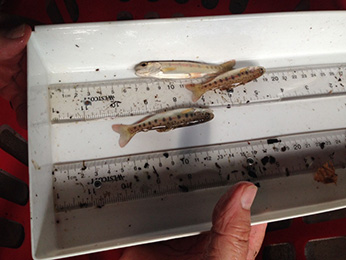 Figure 6. Juvenile steelhead.(CDFW photo)
Figure 6. Juvenile steelhead.(CDFW photo)
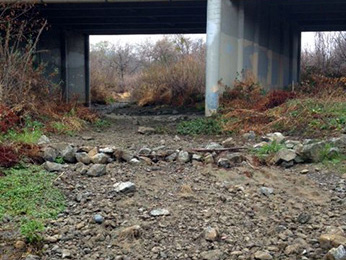 Figure 7. Uvas Creek at Santa Teresa Boulevard on 4 February 2014, five days after the rescue was conducted.(CDFW photo)
Figure 7. Uvas Creek at Santa Teresa Boulevard on 4 February 2014, five days after the rescue was conducted.(CDFW photo)
Future Efforts
The outlook for drought-stricken Uvas Creek is uncertain. Currently, Uvas Reservoir stands at 2% capacity and without significant storms, will by dry by the end of December 2014. On October 24, 2014, NOAA Fisheries conducted electrofishing surveys of remaining wetted habitat below Uvas Dam to determine age and densities of any steelhead present. Of the 2,000 linear feet of the stream surveyed, only seven trout were captured, none of which were young of year steelhead. This is likely due to long stretches of dry creek throughout 2014, preventing adult passage and spawning.
We will continue to monitor Uvas Creek as we move into the winter of 2014-15 and, hopefully, much-needed storms will arrive. CDFW and its local partners will watch for the arrival of adult spawning steelhead, and will conduct spawner surveys in all accessible areas. Individual adults and spawning pairs will be noted, nests (“redds”) will be documented and in the springtime, if dryback occurs again, it will again be documented. The run of steelhead in Uvas Creek has been hit hard by this sequence of two dry years (2012 and 2013) followed by the catastrophic drought year of 2014. Steelhead are resilient, and CDFW hopes to be able to document this species’ recovery in Uvas Creek and its tributaries in coming seasons.
CDFW
NOAA Fisheries
Coastal Habitat Education and Environmental Restoration